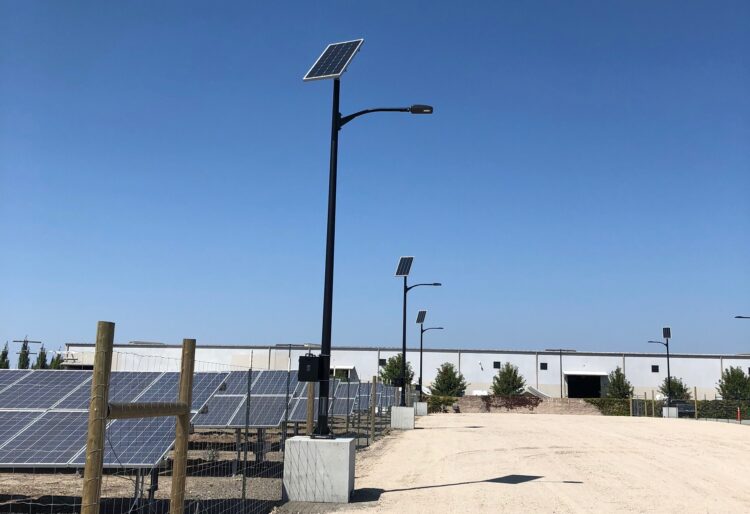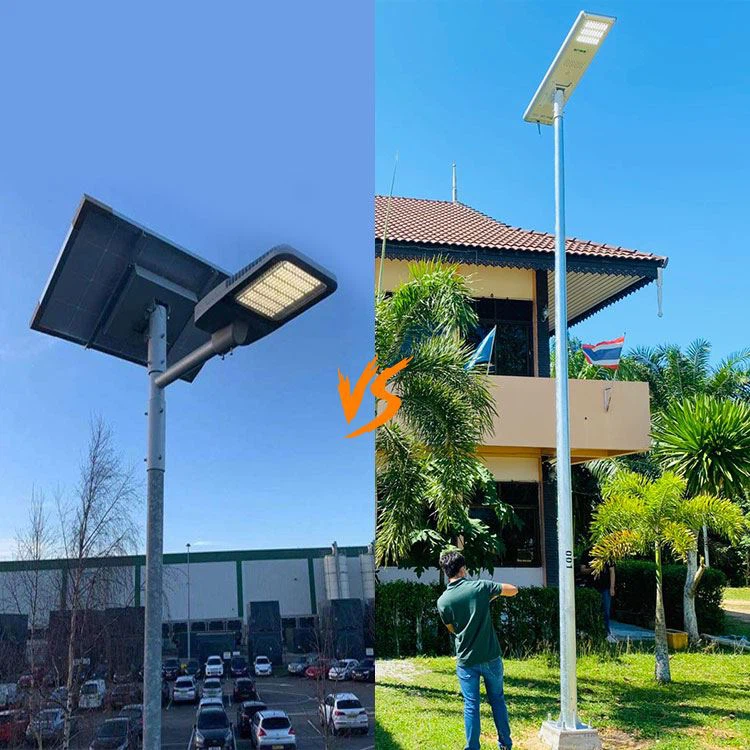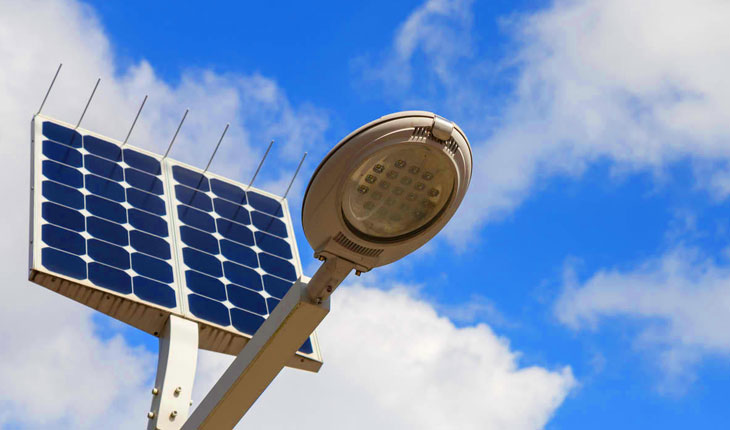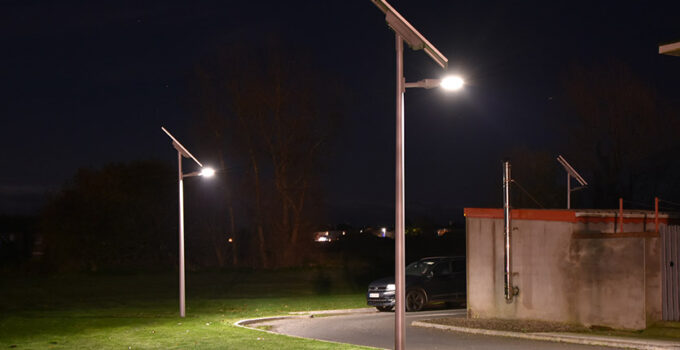Harnessing alternative energy sources is the future and we all know it. Still, though, we are not doing nearly enough to make the complete switch a reality in the near future. Solar street lights are an innovative solution for providing public lighting without the need for standard utility power, and therefore one of the best ways to utilize more of the Sun’s power on a large scale.
Every system provides cost savings by eliminating the need to trench standard electric wires for installation, lowering long-term costs, and eliminating electrical bills. Yet, they come in various configurations, each suitable for different environments and purposes. Understanding these configurations can help decision-makers choose the best options for their specific lighting needs.
Page Contents
On-Grid vs Off-Grid Solar Street Lights

Source: streetlights-solar.com
The primary division in solar street lights lies between on-grid and off-grid systems. On-grid sun-powered street lights are connected to the local electric grid, relying on it as a backup when sunlight is insufficient. This hybrid approach ensures continuous lighting even during periods of bad weather. However, it may be less sustainable as it partly depends on traditional power sources.
Off-grid solar street lights are standalone units that store energy from the sun in batteries for use at night. These systems are particularly useful in remote locations where extending the electric grid might be difficult or costly. Though they can face challenges during long periods of cloud cover, advancements in battery technology and energy-efficient LED lights have significantly increased their reliability and performance.
Integrated vs Split Solar Street Lights

Source: smart-solar-lights.com
Sun-powered street light configurations can also be divided into integrated and split types. Integrated street lights, also known as all-in-one lights, contain all components—solar panel, LED light, battery, controller, sensor—within a single unit. This design simplifies installation, reduces maintenance needs, and gives a sleek, modern appearance. However, because the components are fixed together, the entire unit usually needs replacing if a single component fails.
On the other hand, split solar street lights have separate solar panels, LED lights, and batteries. This allows for greater flexibility in installation, as the solar panel can be placed in the most sunlit area, and the light fixture can be installed where needed most. The major advantage of the split design is its ability to replace individual components when necessary, though it may require a more complex installation process and more frequent maintenance checks.
Adaptive Lighting

Source: adaptive-tec.com
Modern solar street light configurations now include adaptive lighting features. These intelligent systems adjust lighting output based on movement and ambient light conditions, preserving energy while providing the necessary illumination. For example, they can dim when no activity is detected and brighten up when movement is sensed. This configuration provides energy efficiency and extends the lifespan of the lighting system.
Summary
Solar street lights come in a variety of configurations, each with its own set of advantages and considerations. When choosing a solar street light system, consider whether an on-grid or off-grid system is suitable, and weigh the benefits of integrated vs split designs. In addition, explore the potential of adaptive lighting features for additional energy savings. Making an informed decision will ensure the best utilization of resources, contribute to environmental sustainability and provide reliable, efficient lighting for the community.





